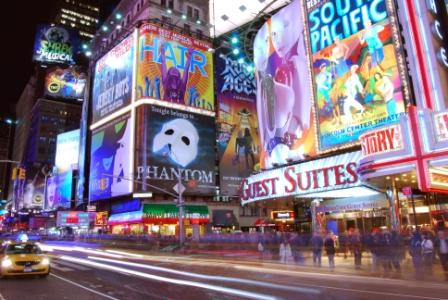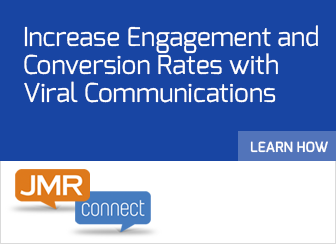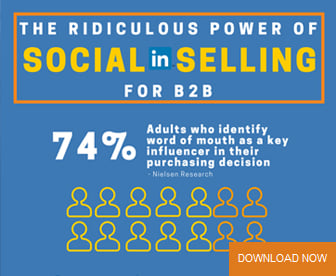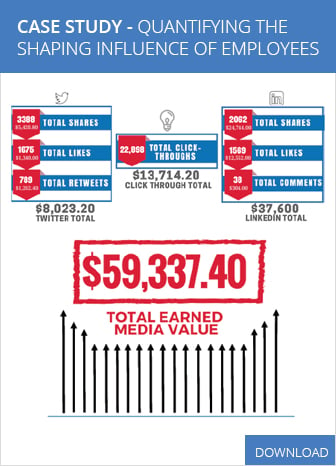Understanding Branding Nuances for Creating Awareness and Shaping Influence
We all know that brand image emanates from products, but there is much more that goes into building a positive brand experience. That includes knowing your customers and their needs and preferences, physical representations (such as restaurants, other retail premises, or office space), and the overall experience when interacting with the brand, whether in-person or through various communications channels.
Take restaurants, for instance. Although food is the product, it is hardly alone in contributing to building brand image. The environment of the physical restaurant – or any business with a physical location – contributes significantly to user experience and brand perception. In fact, often, those are the first interactions between brand and customer and leave a lasting impression. Since user experience matters a lot in brand building, elements like the décor, furnishings, employee behavior and the ambiance taken together represents the brand. It helps customers to differentiate one restaurant from another and is a key reason why customers have positives experiences and have future engagements.
There are some 600,000 restaurants in the U.S. so, brand value is at a premium in order to create differentiation among competitors. Having a strong restaurant brand gives you the cutting edge in overcoming the challenges of cutthroat competition in the market. Customers must be able to closely relate with the brand that resonates and keeps them to to come back. Creating brand awareness is the only way to position the business appropriately to customers that bring in the streams of revenue and keeps the business buoyant. In this article, we have discussed how you can build awareness. The truth is, the same principles apply to any business, especially today, where brand loyalty is more fragile than ever.
Know where to position your brand
The most important aspect of brand building is to figure out how customers perceive your brand and what position it occupies in their minds. This is not an easy exercise, but you must do it diligently. Doing it wrong or making an inaccurate assessment of customer perception can adversely affect branding efforts. In addition to focusing on customers for brand placement and positioning, you must also look into how your brand performs competitively.A brand that ranks low in competition cannot expect to fare well with customers. Four factors that help to identify the position of the brand: product, cost, promotion, location/geography – these variables drive the revenue.
Promote the brand
Ascertaining brand position is necessary to give direction to brand building and narrow down the zone of brand awareness. For restaurants, the exercise starts with considering the location of the restaurant and then identifying the target audience. To keep the brand ever-visible to customers, undertake promotional measures, like digital advertising and digital signage, in addition to traditional print ads.
Stress visual awareness
Promotions must aim at creating positive memories for customers, so the brand remains fresh in their minds and is easy to recall. Create impressive visual content for promoting the brand by using the latest technological offerings, like digital signage. To create a long lasting impression about the brand in the minds of customers, have a well-designed logo and create an attractive tagline that makes the brand unique. With an eye on visual awareness, create aggressive promotional campaigns by using advanced technology and digital signage that gives better user experience through effective communication and by developing a relationship with customers. The dynamic presentation of videos and images with textual content in signage offers a greatly enhanced opportunity for brand recognition and recall.
Interior décor and color scheme, employee attire, their behavior and consistent interaction with customers are key ingredients that contribute to brand awareness. By seeing any of these, customers can quickly relate with the brand.
Build customer loyalty
Brand awareness rests upon the foundation of customer loyalty. Therefore, aiming to build a band of loyal customers or a loyal community of followers for the brand must be a primary objective of any brand building process. The loyal customers turn into your brand ambassadors, as they spread positive feedback about the brand, especially in today’s social world, where social media platforms dominate business and consumer cultures. Having a presence on multiple social channels is a must for driving loyal followers. Being associated with business organizations, local schools, and sports teams also helps generate awareness and loyalty. And, of course, promotional offers, such as discounts and giveaways, tend to attract customers.
Create public buzz
Strong and effectively placed advertising remind customers about the brand, the offerings, and any attractions or offers that await them as part of their experience. Once again, digital signage comes of help as you keep refreshing content, such as flashing a menu board that resembles the brand. You can even target a specific section of customers for driving the message home. You likely want to engage in multiple forms of advertising, depending on your target audience, geographic market, and budget, making sure your brand keeps surfacing frequently. Traditional flyers and a print advertising, TV and radio ads can provide key access to otherwise inaccessible customers – along with digital ads. Keep reminding the public about your business, its ambiance and culture, your menu and the exceptional hospitality and service that awaits customers, giving them the experience of a lifetime.
Concerted effort and coordination
If you are using digital signage, create a roadmap. Know and understand the capabilities (and restrictions) of the platform and use it wisely to engage your brand building campaign. Create a resource of rich content that forms the foundation of the brand building campaign. However, technology alone cannot win the battle – it must be supported by a solid strategy that reflects your brand and the image you’re trying to convey. There must be a concerted effort in balancing all available resources to reinforce the brand building process.
The better you harmonize the efforts, the greater your returns. As your campaign progresses, evaluate the performance to identify weaknesses and make adjustments to strengthen your campaign and build momentum.
About the author: Trudy Seeger has worked as an information officer of a reputed bank and is currently pursuing his interest in designing and marketing. He writes regularly on a variety of subjects, including marketing, communication, digital signage, menu boards, and brand management . A health freak, he hits the gym regularly.
Edited by Erik Linask











